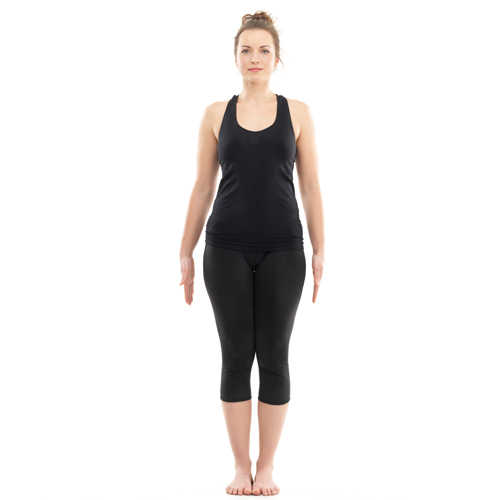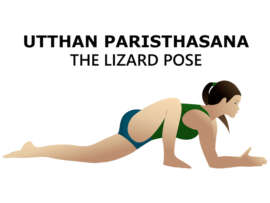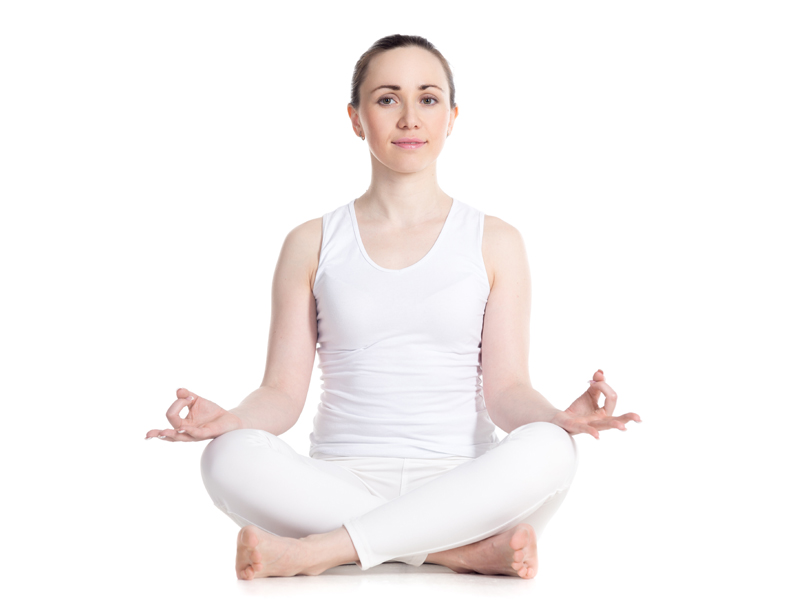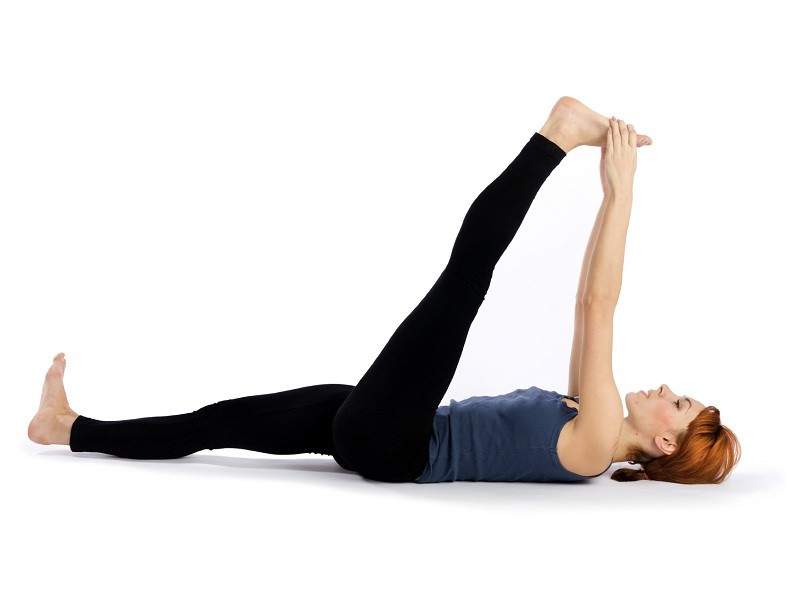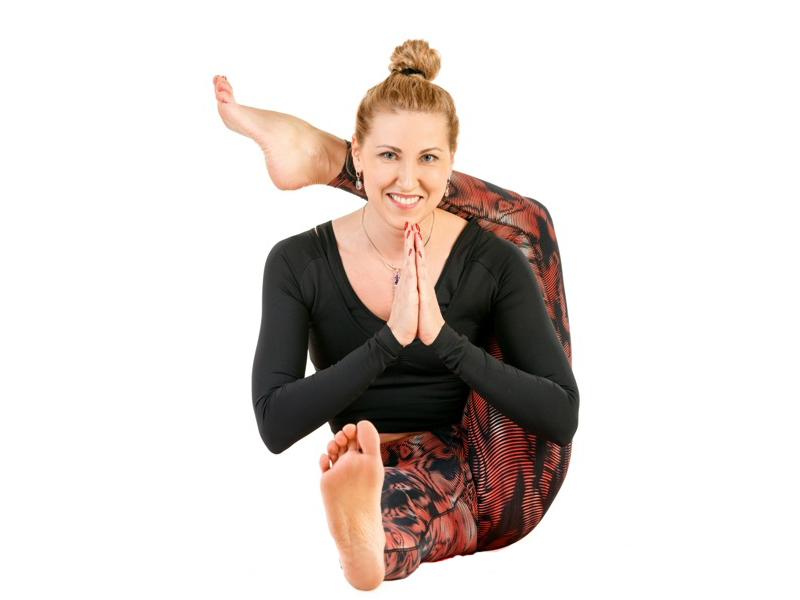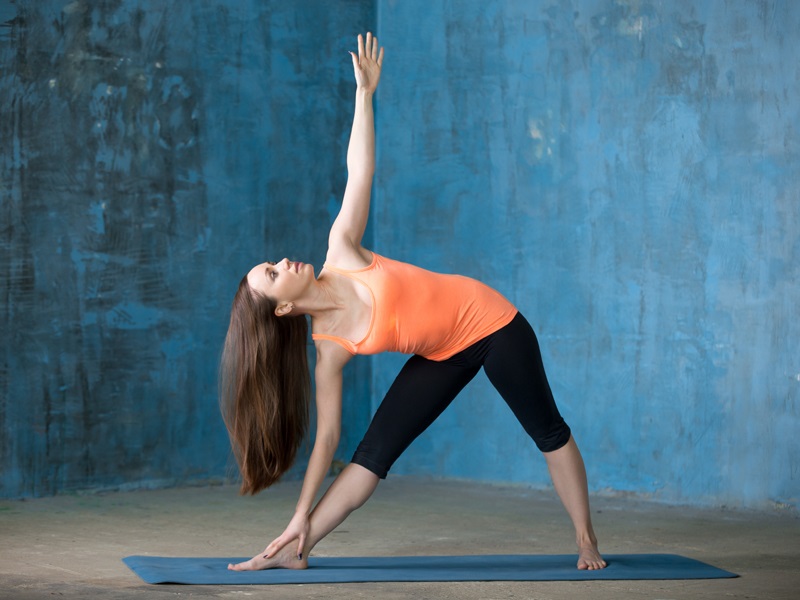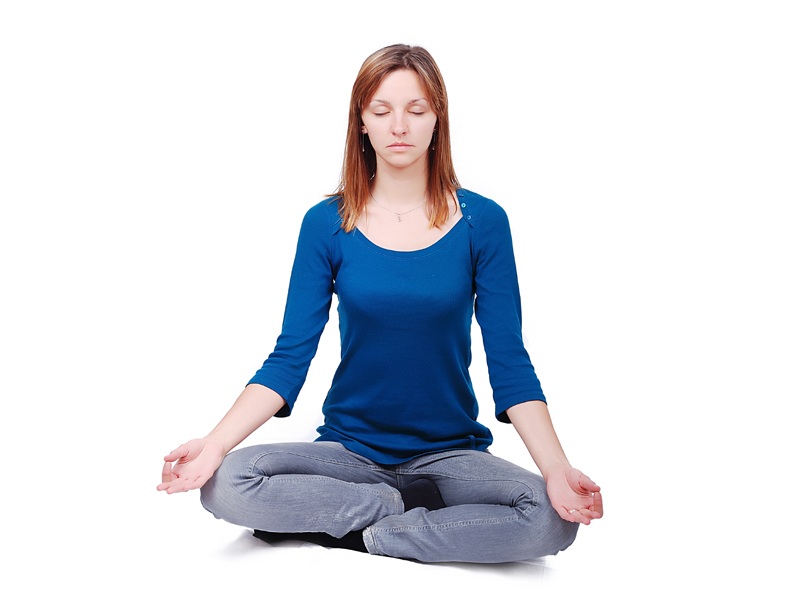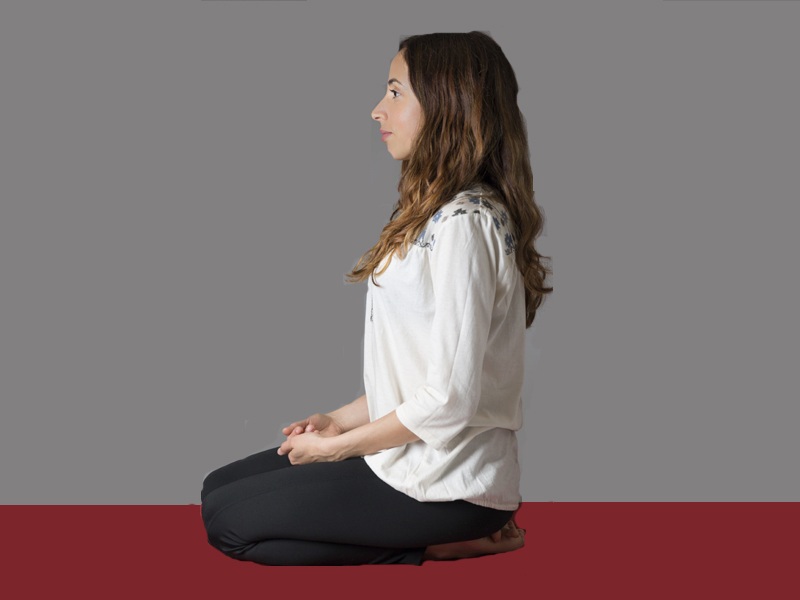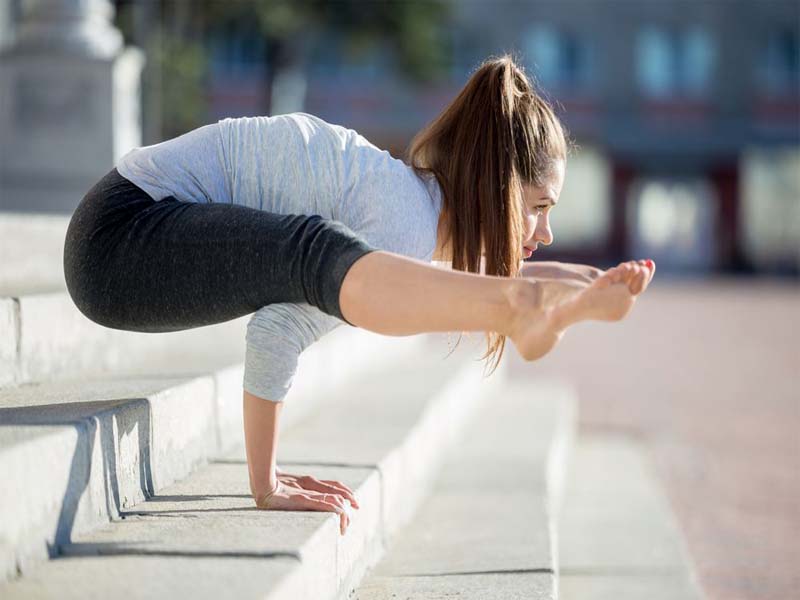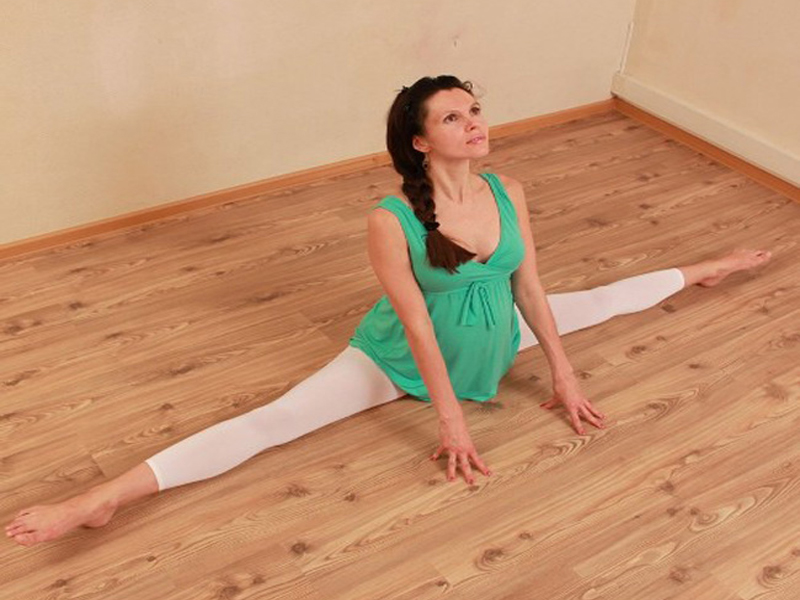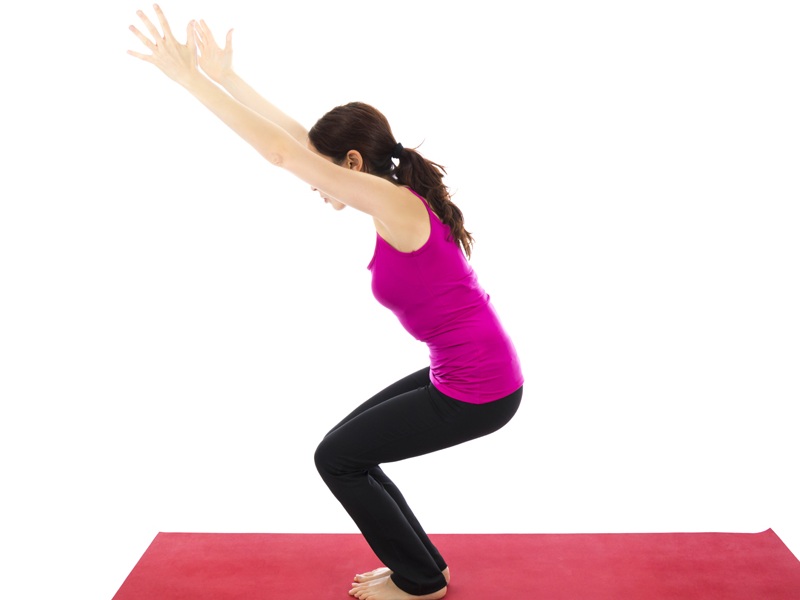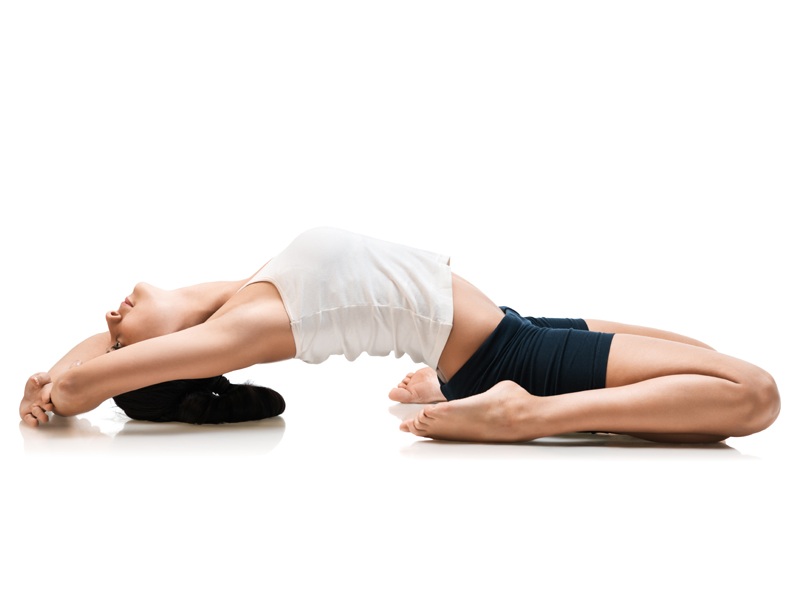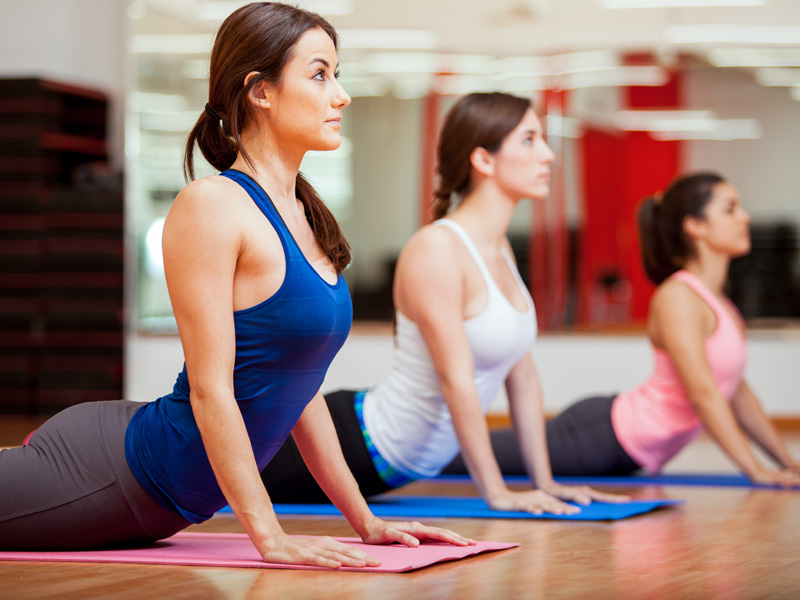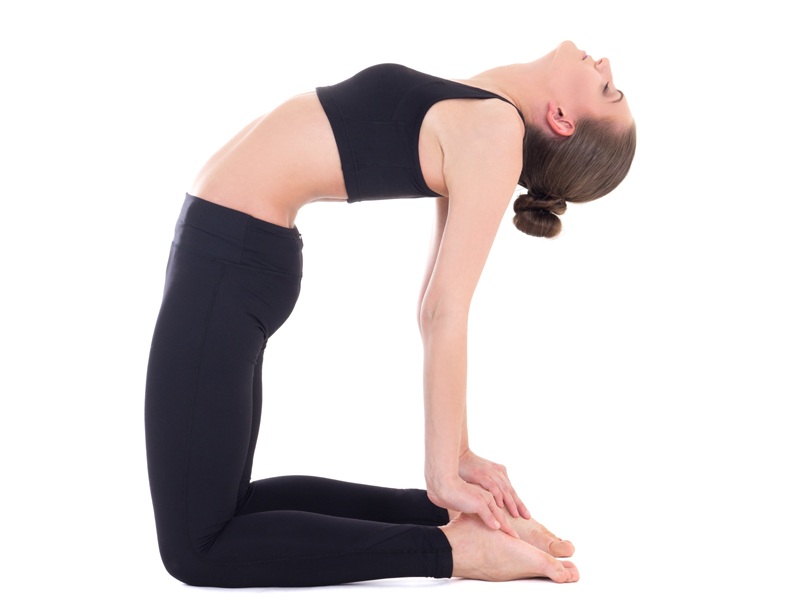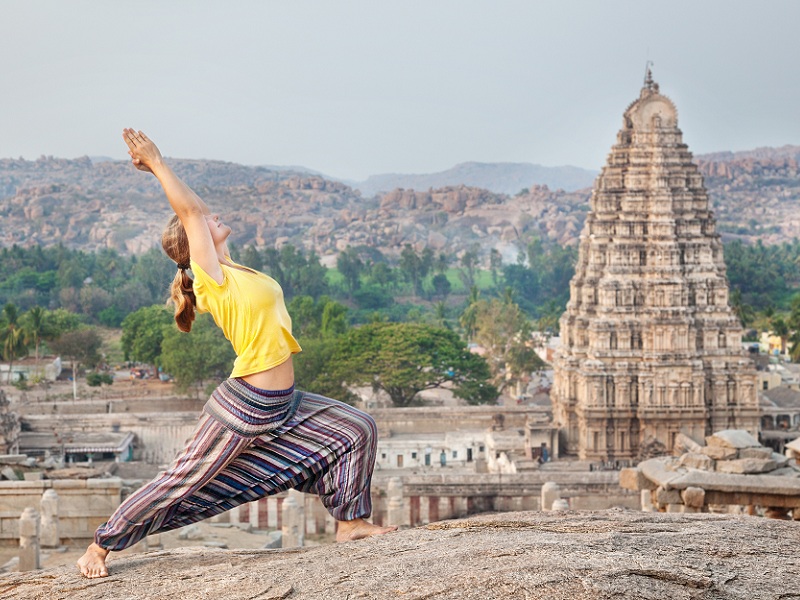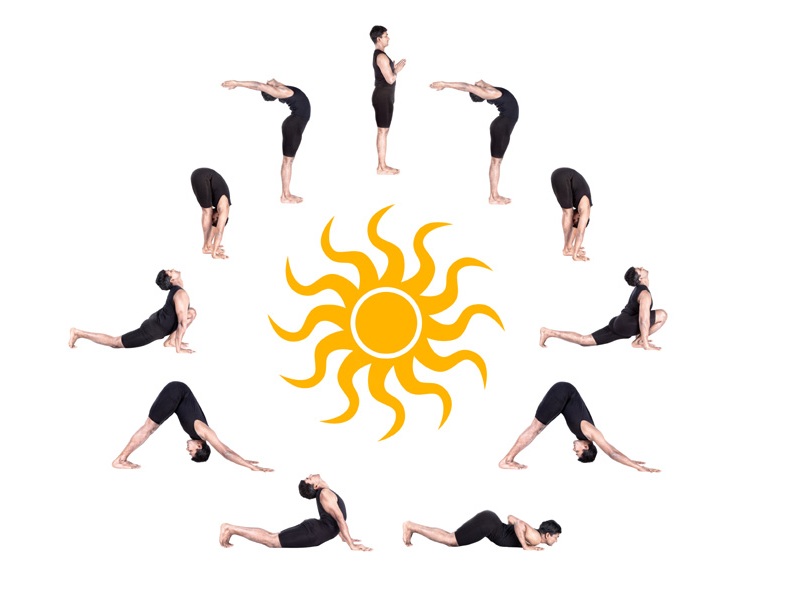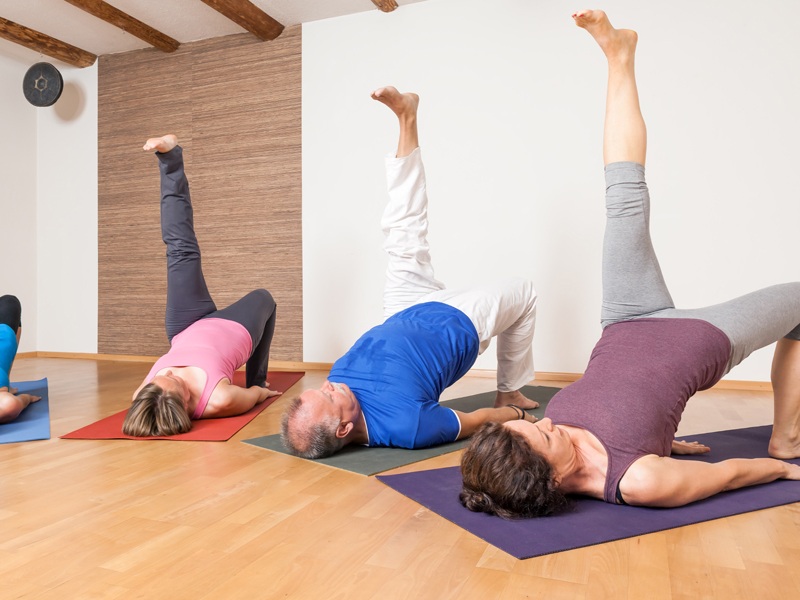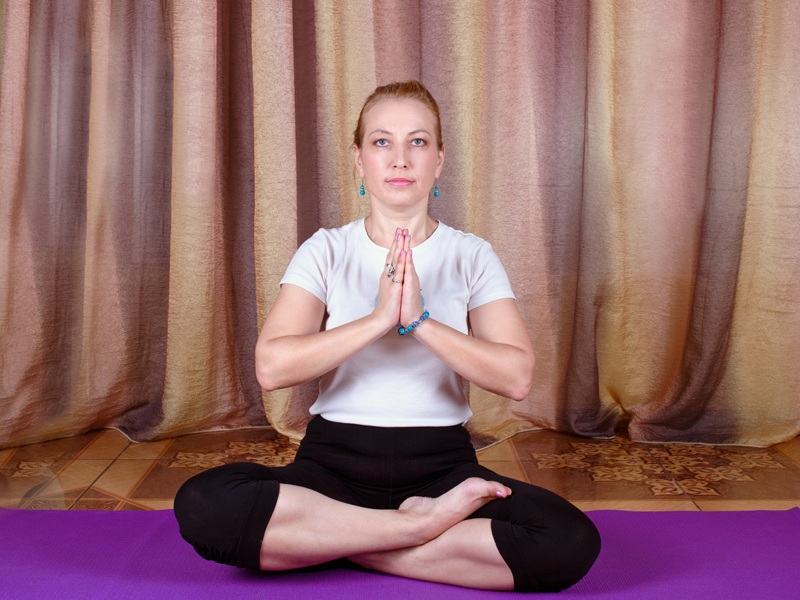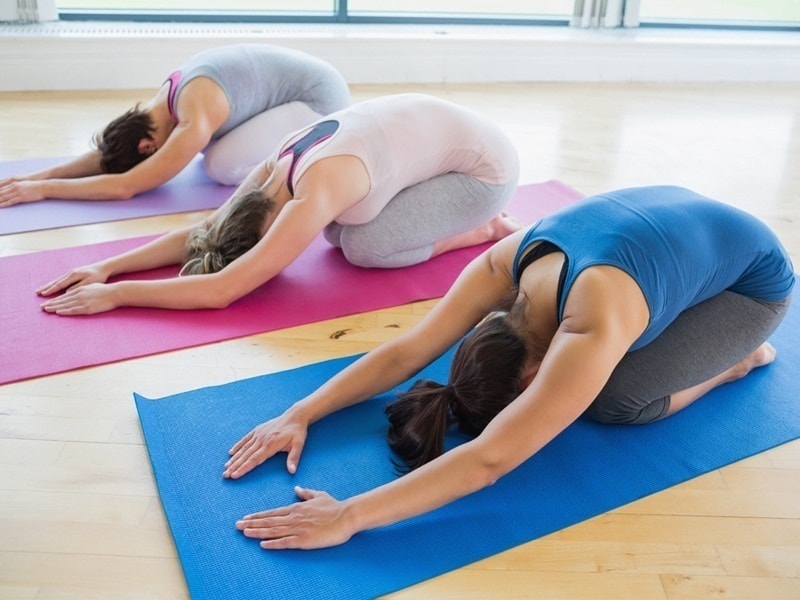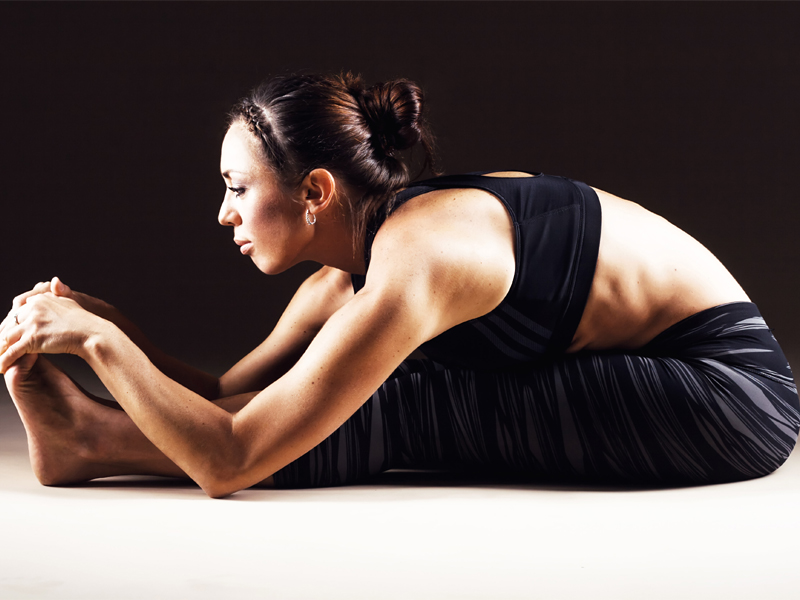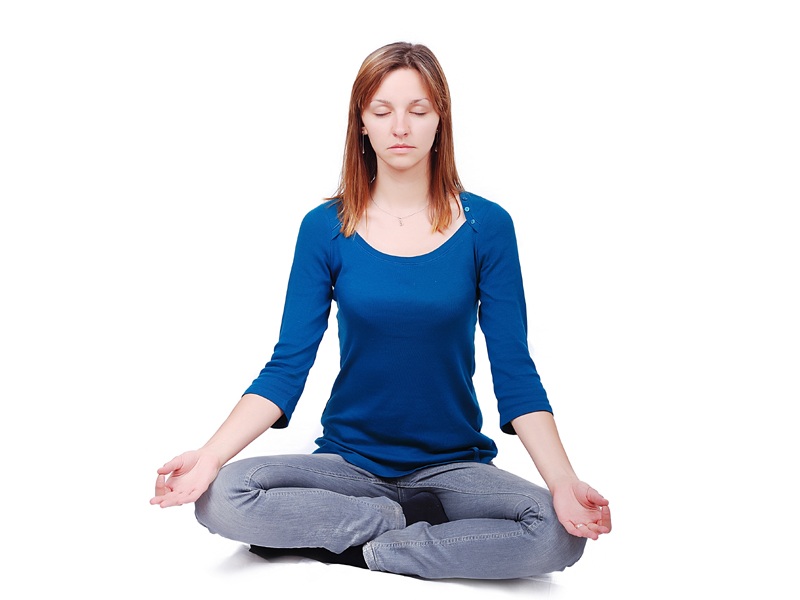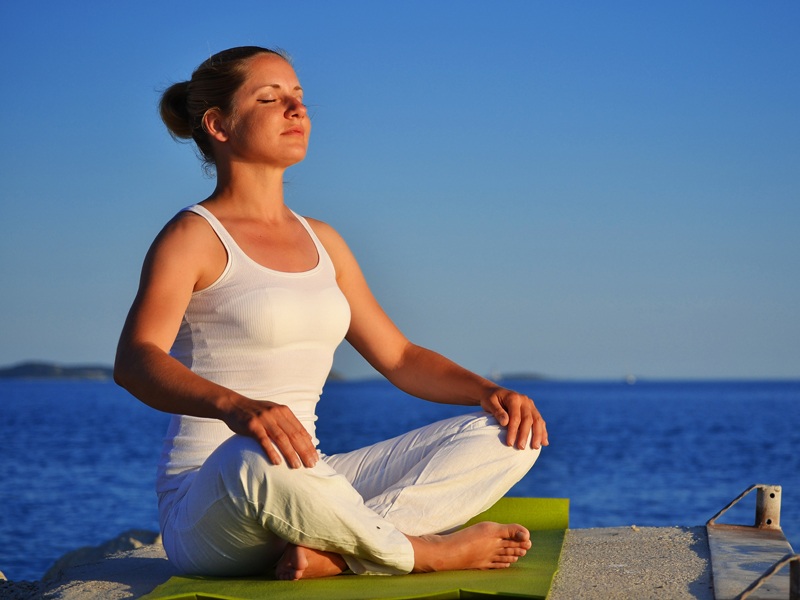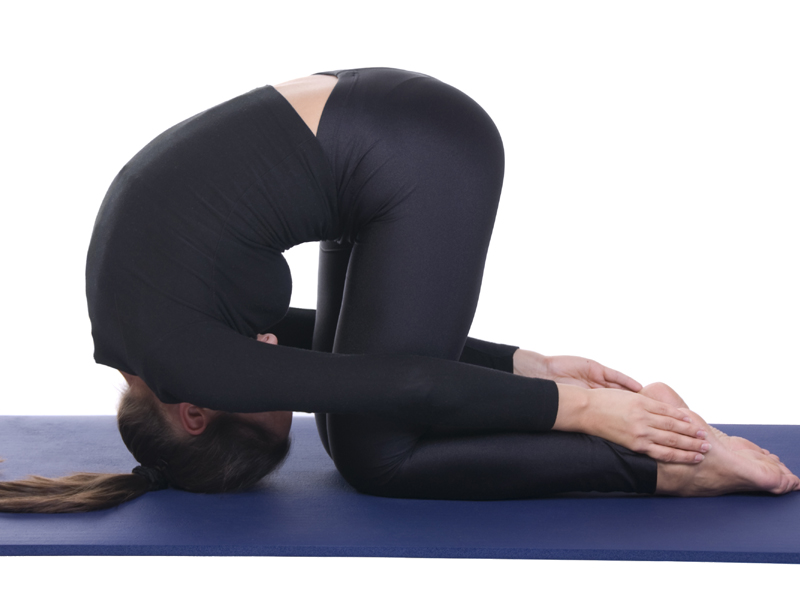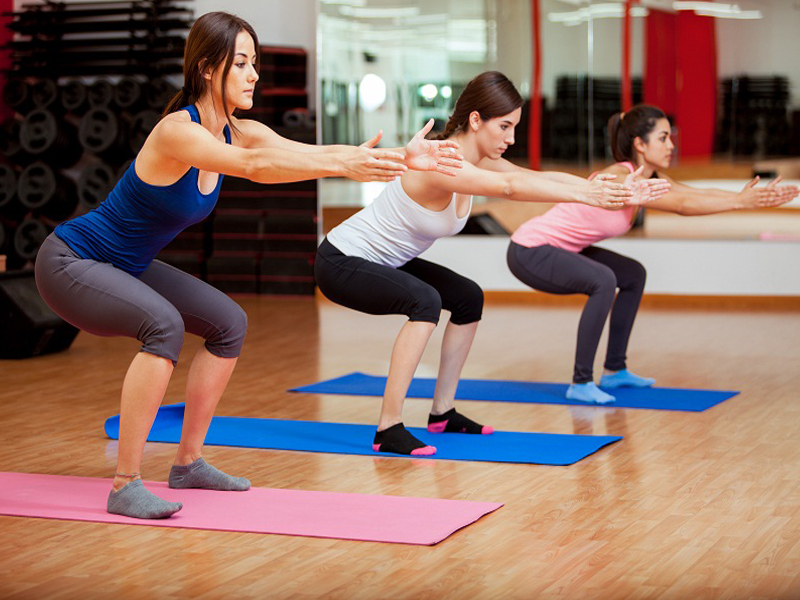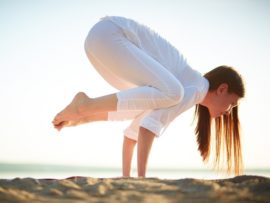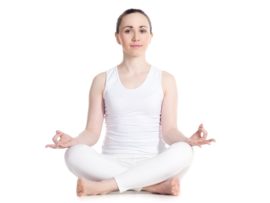Did you know Yoga is a safe and effective solution for Osteoporosis management? Yes! Osteoporosis is characterized by increased susceptibility to fractures because of weakened bones, making it a formidable adversary. However, Yoga for Osteoporosis offers a natural solution to manage the condition with its gentle yet weight-bearing postures. These poses enhance flexibility, improve balance, and stimulate bone growth, making Yoga a holistic path to a healthier, more agile life with stronger bones.
In this article, let us explore the manifold benefits of Yoga in overall well-being and fostering bone health, unveiling how this ancient practice can help you take charge of your journey with Osteoporosis, one pose at a time. Read on!
Understanding Osteoporosis:
Osteoporosis is a progressive medical condition that weakens bones, making them fragile and susceptible to fractures, resulting in a loss of bone density and a disruption in the microarchitecture of bone tissue. Until a fracture occurs, primarily in the spine, hips, and wrists, this condition often remains asymptomatic.
Causes and Risk Factors:
- Aging: As bone density decreases with age, Osteoporosis is more common in older adults.
- Hormonal Changes: Postmenopausal women are at a higher risk due to a decline in estrogen levels(1).
- Genetics: There is an increased risk of developing this condition, especially if you have a family history of Osteoporosis.
- Dietary Deficiencies: A deficiency in essential nutrients, particularly calcium and vitamin D, can weaken bones.
- Inactive Lifestyle: Physical inactivity can accelerate bone loss since bones need weight-bearing exercises to maintain strength.
- Certain Medications: There is an increased risk of Osteoporosis with some medications, like corticosteroids and certain anticonvulsants.
- Chronic Conditions: Health issues like rheumatoid arthritis, digestive disorders, and hormonal imbalances can also contribute to bone loss.
Importance of Prevention and Management of Osteoporosis:
- Preventing Osteoporosis and managing the condition is of paramount importance. Because it reduces the risk of debilitating fractures and their associated consequences, which include pain, disability, and a reduced quality of life.
- Maintaining a well-balanced diet, engaging in weight-bearing exercises, quitting smoking, and limiting alcohol consumption are some of the lifestyle modifications that can help prevent Osteoporosis.
- It is also vital for timely intervention and treatment with early detection through bone density testing.
- Managing Osteoporosis also involves medications, dietary supplements, and strategies to help prevent falls and fractures.
The Science of Yoga and Bone Health:
Here are some reasons why Yoga can contribute to better bone health. They include:
1. Yoga’s Weight-Bearing Nature:
Like the Tree or Warrior pose, standing poses involve bearing the body’s weight. The controlled stress placed on bones during Yoga can help improve bone density over time, while weight-bearing exercises are known to stimulate bone formation.
2. Strengthens Muscles:
Yoga enhances muscular strength, which contributes to better bone health. Strong muscles reduce the risk of falls, providing additional support to the skeletal system, which can be especially crucial for individuals with Osteoporosis.
4. Improves Balance and Posture:
Yoga prevents falls and fractures while focusing on balance and alignment. Poses like the Half-Moon Pose and the Triangle Pose reduce the likelihood of injury by working to improve posture and stability.
5. Reduces Stress:
Chronic stress is associated with increased bone loss. Yoga’s stress-reduction techniques, such as mindfulness and controlled breathing, can help mitigate this effect, promoting better bone health.
Yoga Poses and Sequences for Osteoporosis:
Yoga can be a powerful tool for people with Osteoporosis as long as they practice with caution and proper guidance. We have presented some yoga poses and sequences tailored for people with Osteoporosis. However, it might be beneficial to consult with a healthcare provider and seek guidance from a qualified yoga instructor before starting any new exercise routine.
1. Tadasana (Mountain Pose):
How to perform:
- Stand erect on a yoga mat with your feet hip-width apart.
- Keep your shoulders relaxed and spine straight.
- Distribute your weight evenly on both feet as you engage your core muscles.
- Hold this position for about 30 seconds to 1 minute while breathing deeply.
2. Setu Bandha Sarvangasana (Bridge Pose):
How to perform:
- Lie on your back with your feet hip-width apart while bending the knees.
- While inhaling, press your feet onto the floor and lift your hips while keeping your knees directly over your heels.
- Hold yourself in this position for 30 seconds to 1 minute, then release.
3. Virabhadrasana II (Warrior II):
How to perform:
- Stand with your feet wide apart on the yoga mat.
- Turn your right foot out and left foot slightly in.
- Bend your right knee while keeping it directly above your right ankle.
- Place your arms parallel to the floor while extending them to the sides.
- Hold this position for about 30 seconds as you gaze over your right hand.
- Then, switch sides and repeat.
4. Vrikshasana (Tree Pose):
How to perform:
- Stand with your feet together on the yoga mat.
- Now, shift your weight to your left foot.
- Place your right foot’s sole on your left inner thigh or calf.
- Find your balance as you bring your hands to your heart’s center.
- Hold yourself in this position for 30 seconds to 1 minute.
5. Marjaryasana-Bitilasana (Cat-Cow Pose):
How to perform:
- Get down to the ground on your hands and knees, with knees under hips and wrists under the shoulders.
- Arch your back (Cow Pose) as you inhale and look up.
- Now, round your back (Cat Pose) and tuck your chin while exhaling.
- Repeat this flow for 1-2 minutes or as long as possible.
6. Ardha Uttanasana (Half Forward Bend):
How to perform:
- Stand up straight with feet hip-width apart.
- Lengthen your spine as you inhale while placing your hands on your thighs.
- Bend at your hips as you exhale, keeping your back flat.
- Hold yourself for about 30 seconds and then return to a standing position.
7. Savasana (Corpse Pose):
How to perform:
- Lie down with your back to the floor, arms on your sides, and palms facing up.
- Take deep and relaxed breaths while keeping your eyes closed.
- Remain in this position for 5-10 minutes to relax and rejuvenate.
Modifications and Props for Safety:
Safety during Yoga practice is paramount for anyone, especially for individuals with Osteoporosis. Some invaluable tools that ensure a secure and effective approach include props like blocks, straps, and bolsters. Here is how you can use these props.
1. Blocks:
While performing poses like Downward Dog or Forward Fold, you can place blocks under the hands, reducing the distance the body needs to stretch and minimizing the risk of overextension and potential fractures.
2. Straps:
Straps can be helpful in poses that require reaching or stretching, providing gentle support and assisting individuals to maintain proper alignment without straining.
3. Bolsters:
Bolsters make it easier to relax into positions like Savasana (Corpse Pose) or supported backbends without risking strain by offering comfortable support in restorative poses.
Lifestyle Tips for Osteoporosis:
Dietary considerations and Yoga are prominent concerns when adopting a bone-healthy lifestyle, which can significantly support individuals with Osteoporosis. Here are some popular tips you can follow:
- Maintaining a consistent yoga practice focusing on poses beneficial for bone health, balance, and strength, such as the Bridge Pose (Setu Bandha Sarvangasana), Warrior II (Virabhadrasana II), and Tree Pose (Vrikshasana) can be particularly beneficial.
- Engage in weight-bearing exercises that complement your yoga practice, which can further strengthen bones and muscles.
- Consume a well-balanced diet rich in bone-nourishing nutrients like calcium, vitamin D, and vitamin K. You can meet these nutritional needs by including dairy products, leafy greens, and fatty fish.
- You can consult your healthcare provider about the need for calcium or vitamin D supplements to meet the daily requirements of these essential nutrients.
- Limit the consumption of caffeine and alcohol and avoid smoking ultimately to promote bone health and reduce the risk of further bone loss.
- Remove tripping hazards and install handrails and non-slip mats to make your home safer, preventing falls and avoiding fractures.
In conclusion, individuals with Osteoporosis can try to ease their pain with Yoga as a holistic and practical approach. These gentle and impactful poses focus on balance and mindful breathing while promoting bone strength. Therefore, Yoga for Osteoporosis can be a journey of empowerment, rediscovering strength and flexibility, and a more outstanding quality of life. Don’t forget to let us know if you found the article helpful!
FAQs:
1. Can people with osteoporosis practice yoga?
Though it is considered safe for individuals with Osteoporosis to practice Yoga, it is advised to inform your yoga instructor about your health condition while practising under their guidance. Also, avoid excessive spine twisting or flexing poses.
2. Is it possible to improve bone density in people with Osteoporosis?
- Yoga might not be able to increase bone density directly. Still, it can complement other aspects that will help you manage Osteoporosis.
- Yoga can reduce the risk of fractures and falls by improving balance, muscle strength, and overall well-being.
3. Are there any Yoga poses people with Osteoporosis should avoid?
People with Osteoporosis should avoid any movements that place excessive pressure on the spine or poses that involve deep forward bends or intense twists. You can choose appropriate poses and modifications to practice under the guidance of a qualified yoga instructor.



